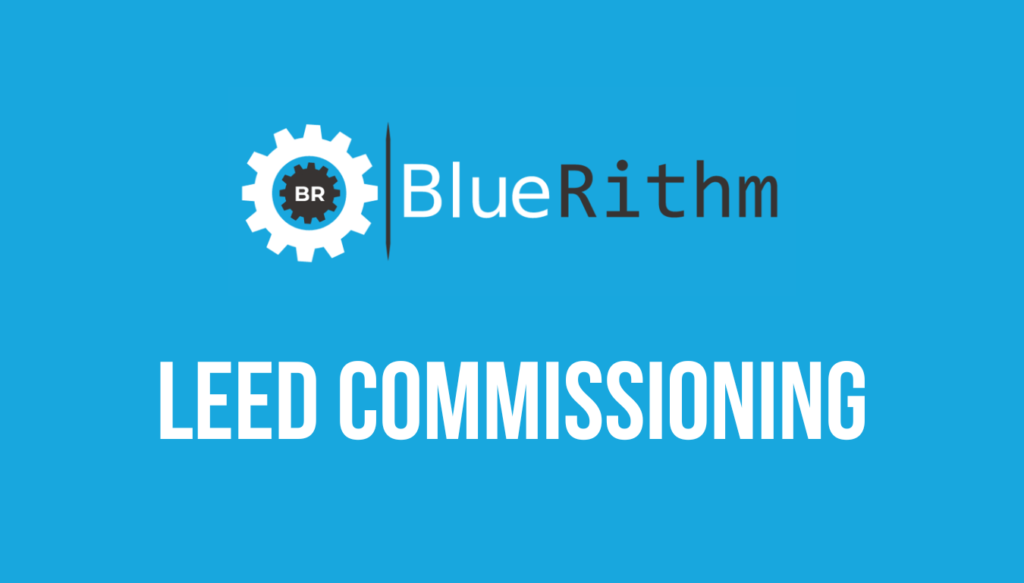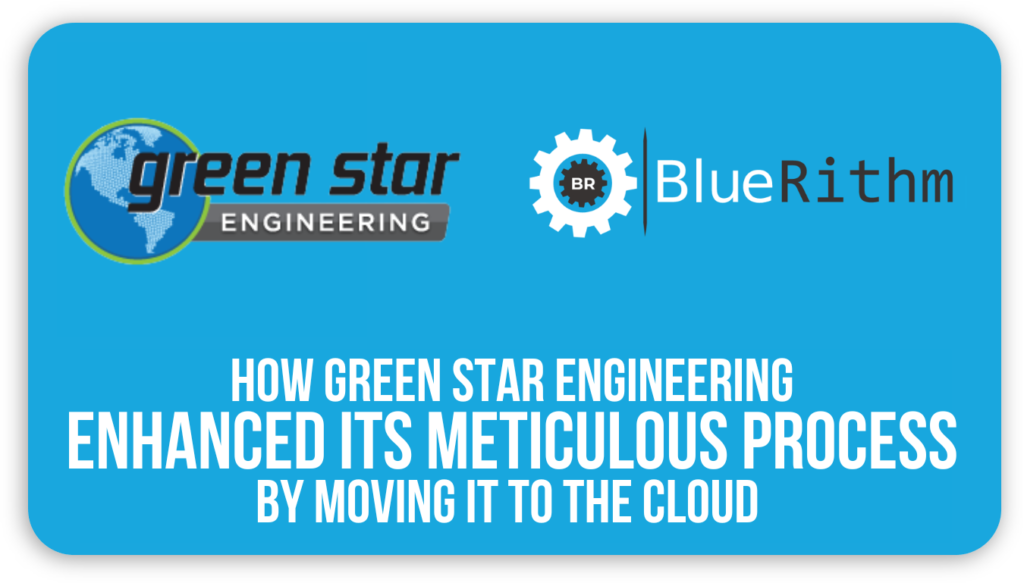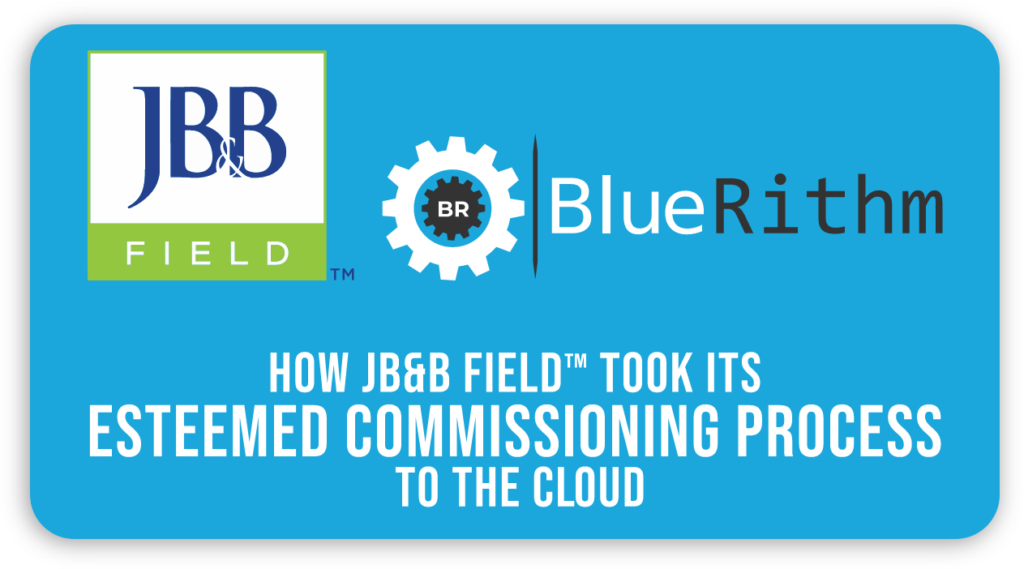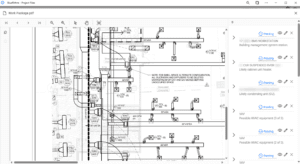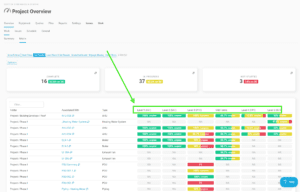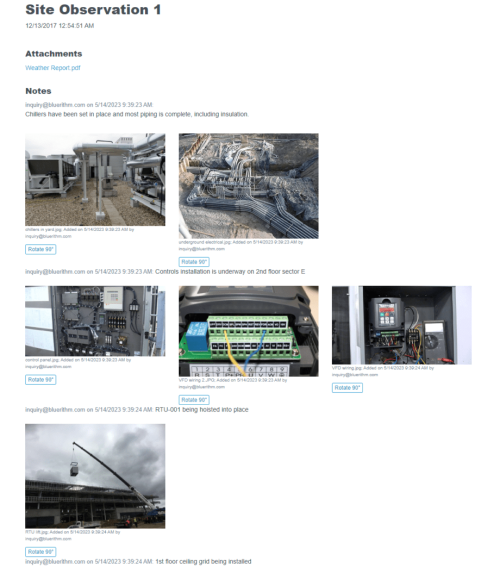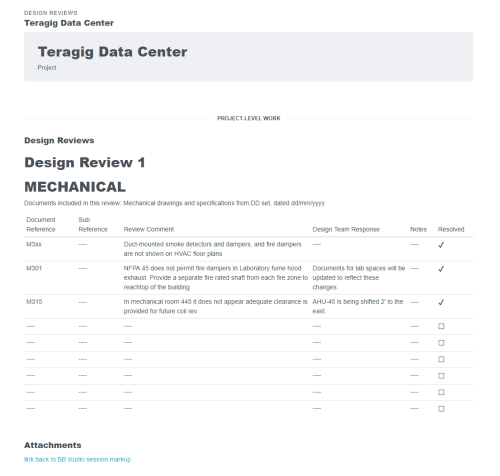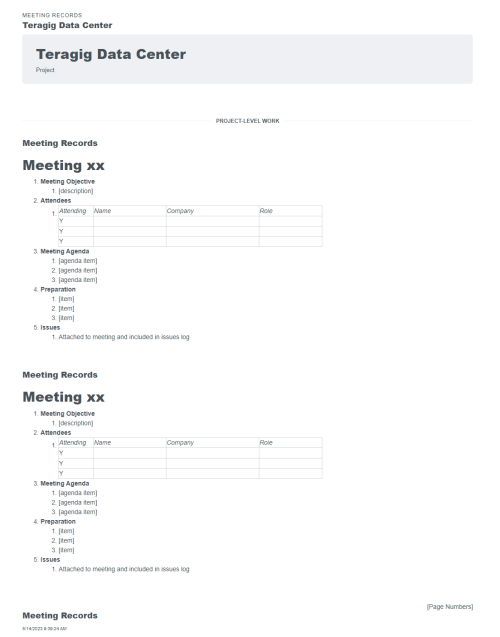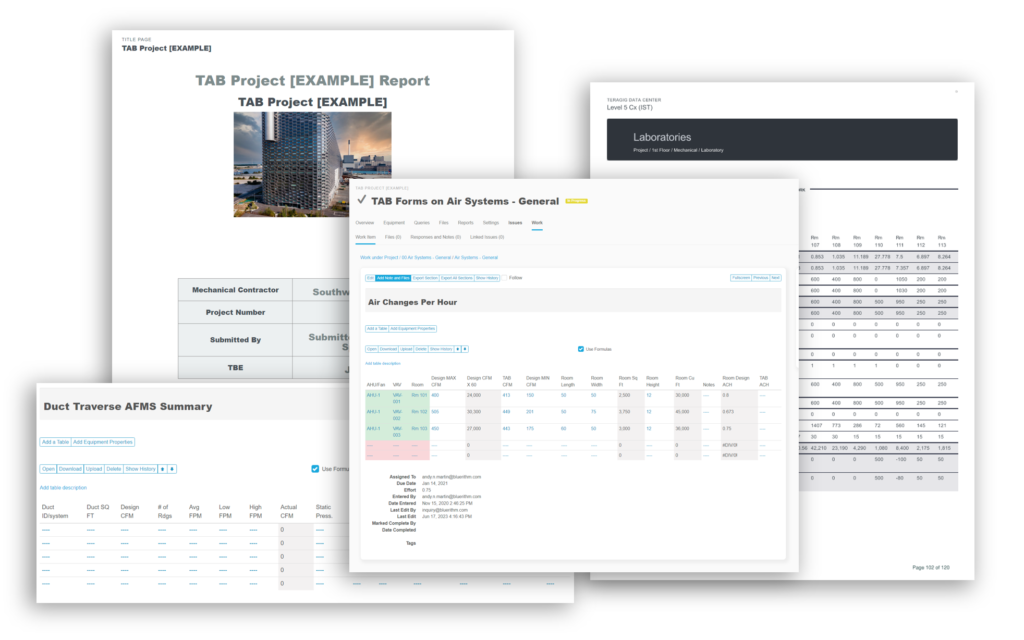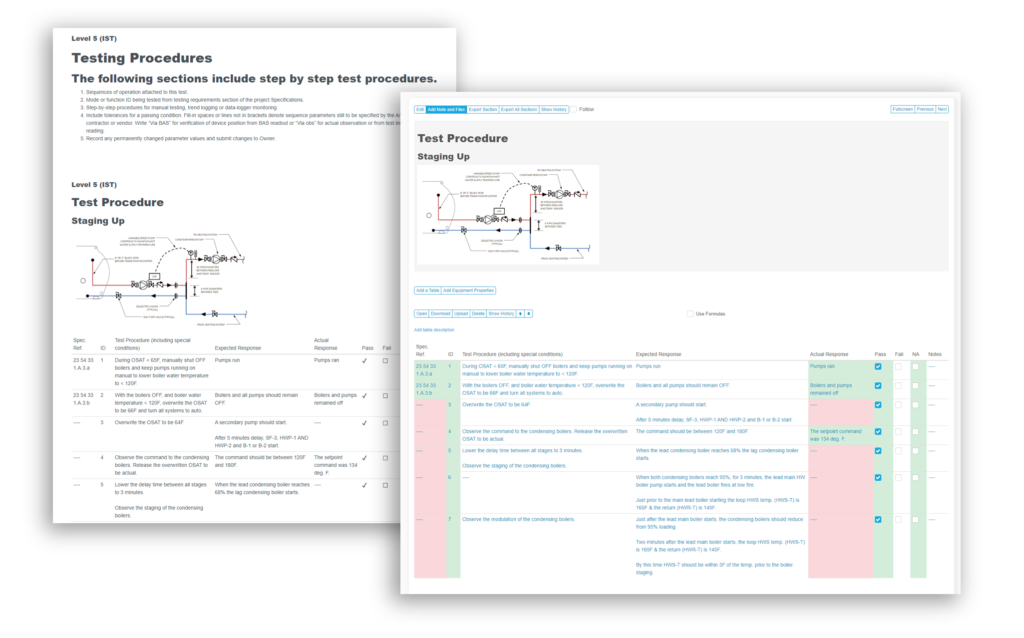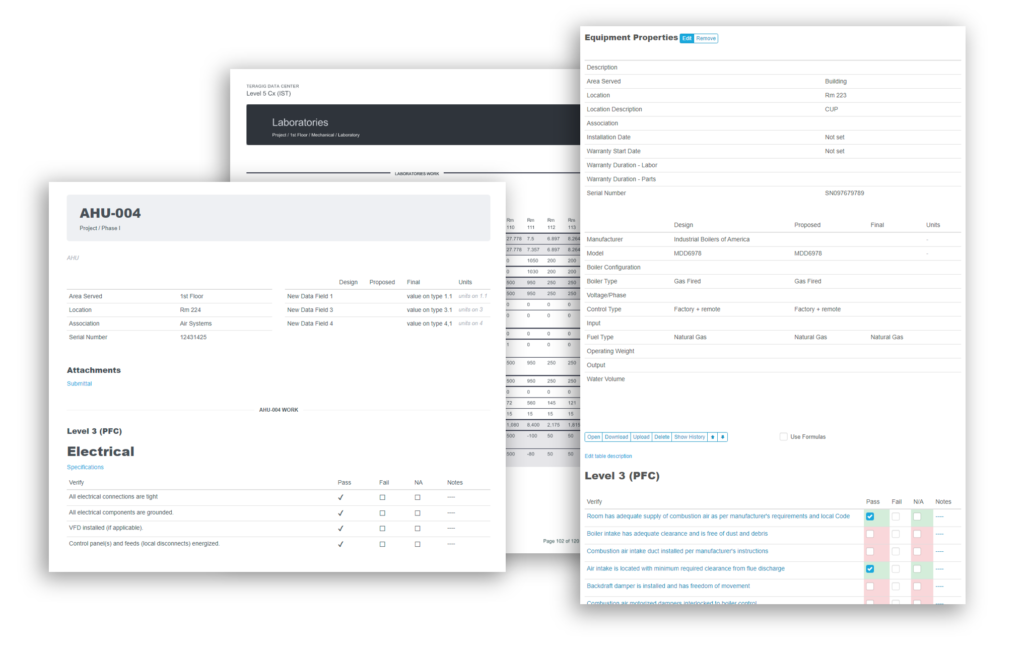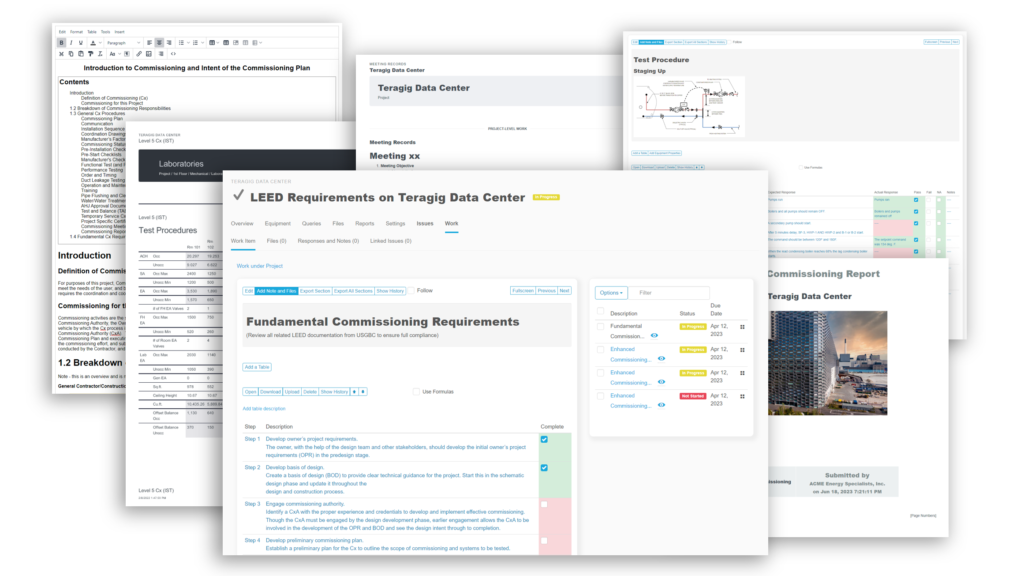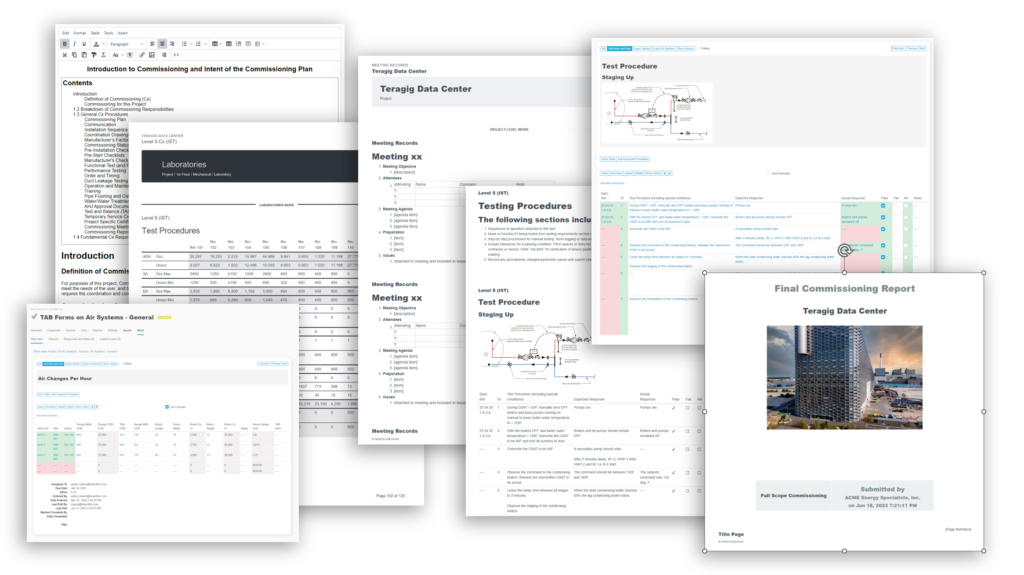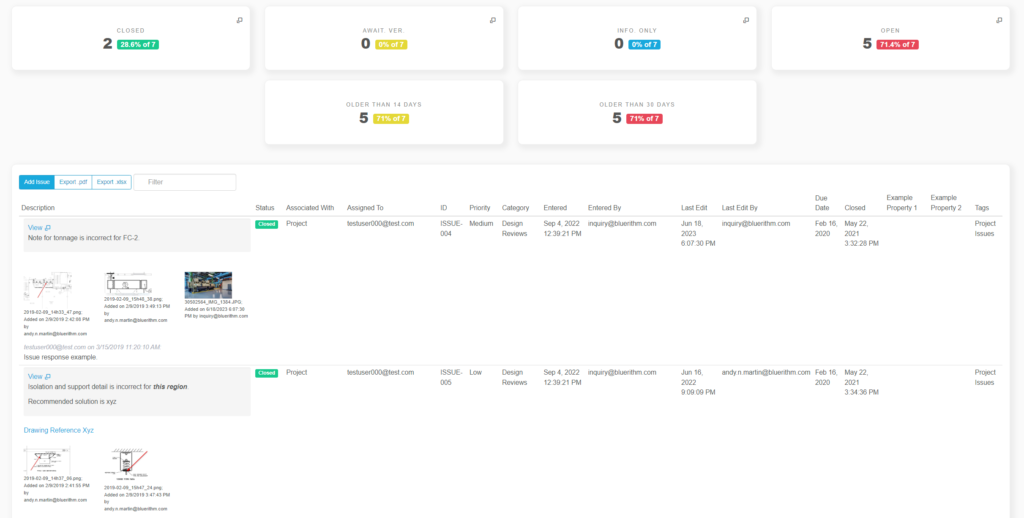As the world becomes more environmentally conscious, the demand for sustainable and energy-efficient buildings has skyrocketed. The Leadership in Energy and Environmental Design (LEED) certification is a globally recognized standard for green building, but what exactly is LEED Commissioning, and why is it so important?
LEED Commissioning is a process that ensures that a building’s systems are designed, installed, and operating as intended to achieve the highest level of energy efficiency and sustainability possible. This process involves a comprehensive review of the building’s systems, including mechanical, electrical, plumbing, and renewable energy systems. It also includes testing and verification of the systems’ performance.
According to the US Green Building Council, commissioning can result in energy savings of up to 20%, which translates into significant cost savings for building owners and operators. Additionally, commissioning helps to identify and address issues early on, reducing the risk of equipment failure or system malfunctions, which can result in costly repairs and downtime.
Commissioning also plays a crucial role in ensuring that buildings are healthy and safe for their occupants. By verifying that systems are operating as intended, commissioning can prevent indoor air quality issues, such as mold, and ensure that the building’s ventilation systems are providing adequate fresh air circulation.
Despite the benefits of commissioning, some building owners may be hesitant to invest in the process due to its upfront costs. However, the long-term cost savings and improved building performance make commissioning a worthwhile investment for any building owner or operator, especially those seeking LEED certification.
From a broader perspective, commissioning also contributes to global efforts to combat climate change. Buildings are responsible for 39% of global carbon emissions, and commissioning can significantly reduce a building’s carbon footprint by improving efficiency and reducing energy consumption.
In conclusion, LEED Commissioning is a critical step in the green building process. Its benefits include energy savings, improved building performance, and healthier indoor environments. While some building owners may be hesitant to invest in commissioning due to upfront costs, the long-term cost savings and environmental benefits make it a worthwhile investment. As the world continues to prioritize sustainability, commissioning will play an increasingly important role in creating a more environmentally conscious built environment.
We created a Guide to LEED v4.1 Certification Commissioning: Fundamental Commissioning and Enhanced Commissioning that describes the requirements and differences between LEED Fundamental Commissioning and Enhanced Commissioning.

